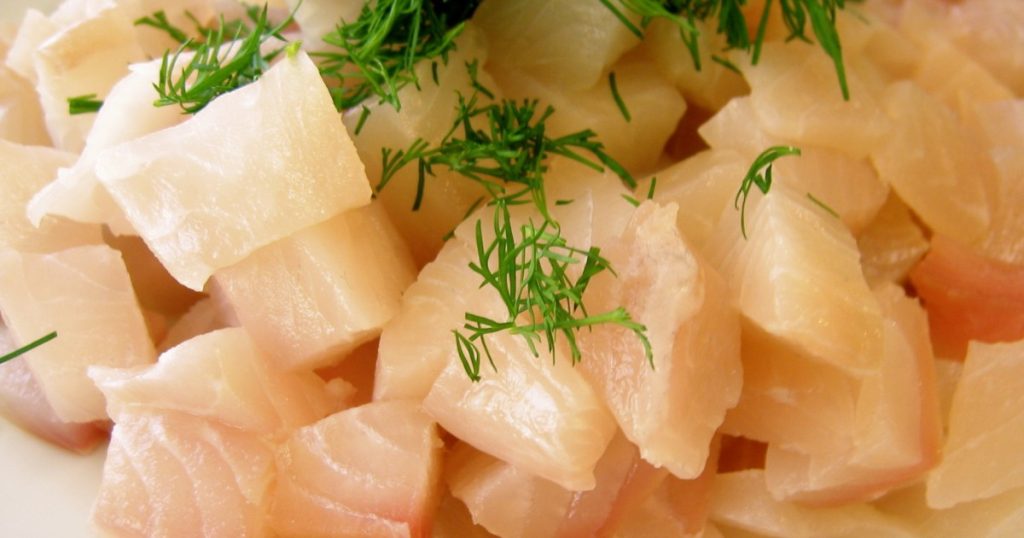
[ad_1]
Proteins, carbohydrates, and fats play distinctive and crucial roles in your physique; proteins assemble and restore muscle mass and bones, carbs energize the physique, and fats current insulation and take up dietary nutritional vitamins.
Nonetheless, it is important to eat these macronutrients within the applicable proportions to realize your targets, notably in case you make an try and drop some kilos and assemble muscle mass. Consuming high-protein, low-fat meals is one technique to steadiness these nutritional vitamins.
This meals routine will not merely make it simpler to drop some kilos; it will improve your metabolism and defend your muscle mass whereas developing them. So, when you want to know the perfect high-protein, low-fat meals to reach your targets, you would have come to the suitable place. It’s time to dive in.
How does a high-protein meals routine affect the physique?

A high-protein meals routine is among the many best strategies to assemble muscle and start dropping a number of kilos. When your physique digests protein, it burns additional vitality to take motion than it does with carbs or fat. Protein may be most likely probably the most satiating macronutrient, regardless {that a} gram of fat includes 9 vitality whereas a gram of protein includes 4. All of this helps with dropping a number of kilos in a healthful and surroundings pleasant technique.
When you persistently eat a great deal of protein, it feeds your muscle mass, letting them restore and develop better and stronger. The additional muscle that is in your physique, the additional vitality your physique burns at rest. This ends in a sped-up metabolism.
How does a low-fat meals routine affect your physique?
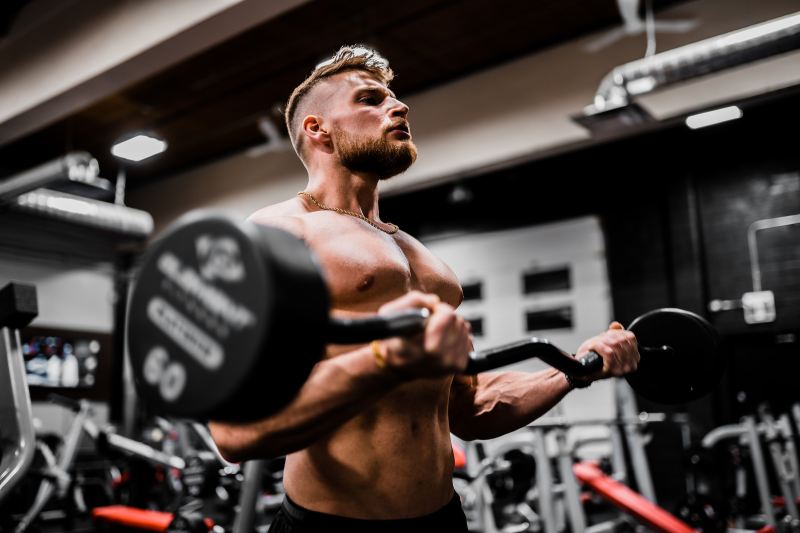
When you eat a low-fat meals routine, you rely additional on carbs and protein for energy. As talked about sooner than, the subsequent protein consumption will make it simpler to assemble muscle and actually really feel satiated. Carbs current the physique with energy, serving to you’re feeling good all through your workouts and regularly duties.
By following a low-fat meals routine, you are reducing your consumption of every good and harmful fats. Reducing or eliminating harmful fats out of your meals routine will help your nicely being in fairly a number of strategies, along with reducing your hazard for certain sicknesses. Nonetheless, you don’t want to eat too few good fat sources, as they play a major place in hormone ranges, nutrient absorption, and additional.
Is all fat harmful for you?

All fats aren’t the equivalent. Monounsaturated and polyunsaturated fats current in healthful oils and vegetation are good for you; they improve your ldl ldl cholesterol diploma and defend your whole nicely being. Then once more, unsaturated fat, found primarily in meat and dairy meals, contributes to weight issues, coronary heart issues, and clogged arteries.
The appropriate technique to determine your optimum macro ratio
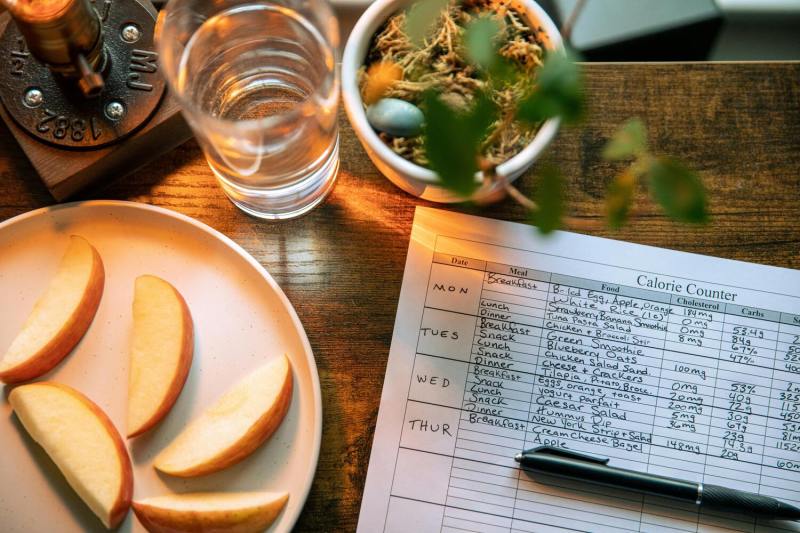
Macronutrients discuss with proteins, carbohydrates, and fats. They’re the three vital elements of every meals routine. It is best to eat 45% to 65% carbohydrates, 10% to 30% fat, and 20% to 35% protein in every meal.
Nonetheless, suppose you are trying to reach a certain goal, similar to weight discount. In that case, you may regulate these macronutrient ratios to realize your required outcomes — ponder rising protein consumption and reducing carbs and fat.
15 meals extreme in protein and low in fat
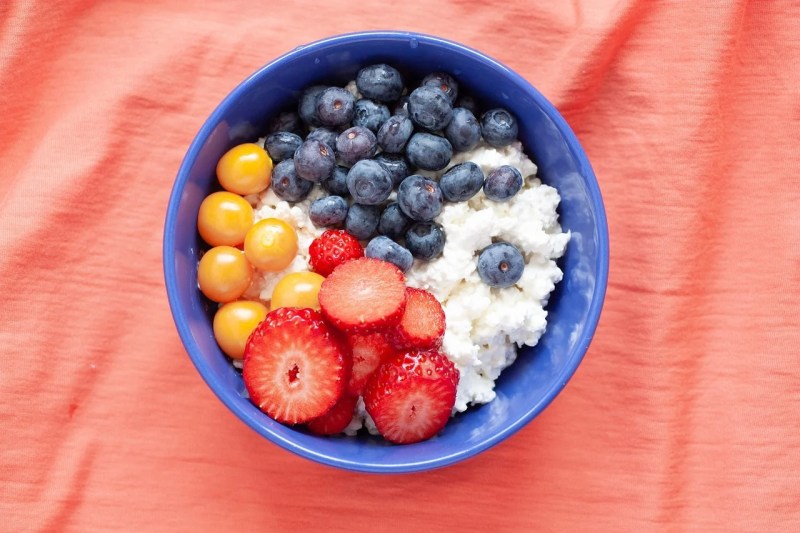
- Milk: It’s a good provide of protein and totally different useful nutritional vitamins like calcium, potassium, phosphorus, vitamin D, and magnesium. One cup of milk includes about 8 grams of protein and 0.2 to 2 grams of fat.
- Greek yogurt: With 16g of protein and 0.6g of fat per 5.5-oz container, Greek yogurt has confirmed to be among the many greatest high-protein, low-fat meals it’s best to ponder together with to your meals routine.
- Beans: Beans are plant-based protein sources with gut-friendly fiber and loads of dietary nutritional vitamins and minerals. A 3.5-oz container of varied kinds of beans includes 7 to eight grams of protein and 1 to a few grams of fat.
- Cottage cheese: A cup of low-fat cottage cheese includes 24 grams of protein and 5 grams of fat. It helps you retain full for longer, could be eaten with quite a few fruits, and is rich in several vital nutritional vitamins like calcium.
- Peas: Peas are an incredible provide of protein. They’re typically inexperienced or yellow and add color to stews, rice, and even soups. One cup of peas includes 9 grams of protein and 0.4 grams of fat.
- Seitan: Seitan is a plant-based, high-protein, low-fat meals produced from cooked wheat gluten. It has 25 grams of protein and a few grams of fat per 3.5-oz container.
- Eggs: With 6 grams of protein and 5 grams of fat per large egg, you can’t completely ponder eggs a low-fat meals, nonetheless they’re extreme in protein, comprise all the vital amino acids, and are very accessible. It is also attainable to have egg whites when you want to take away fat totally.
- Lean beef: Some beef cuts, similar to spherical steak, prime loin, and so forth., are good protein sources and totally different useful nutritional vitamins like zinc, B dietary nutritional vitamins, and iron. A 3.5-oz serving of lean beef includes 23 grams of protein and a few to 6 grams of fat.
- Tuna: That is among the many highest protein sources you might have. A 3.5-oz serving of tuna includes 25 grams of protein and easily 1 gram of fat.
- Shrimp: Shrimp is rich in protein, choline, phosphorus, and vitamin B12. It has low-fat content material materials. Practically all of it is omega 3, which is healthful for you. A 3.5-oz serving of shrimp includes 20 grams of protein and 0.5 grams of fat.
- Protein powder: This can be animal-based or plant-based protein, and it is best blended with diets rich in whole protein meals. 22 grams of pea protein, which is plant-based, includes 19 grams of protein and a few grams of fat, whereas 39 grams of whey protein includes 22 grams of protein and a few grams of fat.
- Extreme-protein pasta: Furthermore typical wheat-based pasta, many sorts of pasta, along with high-protein varieties, are literally on the market. A 3.5-oz serving of high-protein pasta presents 25 to 43 grams of protein and 1 to 6 grams of fat.
- Whitefish: The type of fish has as loads as 20 grams of protein and easily 1.7g of fat per 3.5 oz serving. Whitefish, like salmon, tilapia, and haddock, are acknowledged for his or her extreme protein and omega-3 fat content material materials.
- Turkey: A 3-oz serving of turkey presents 26 grams of protein and a few grams of fat. This meat may be very rich in tryptophan, which helps the physique regulate sleep. It might be served with a variety of meals.
- Lean hen: Like turkey, lean hen presents a healthful protein enhance; 3 oz of skinless, boneless hen breast includes 27 grams of protein and three grams of fat.
Incessantly requested questions
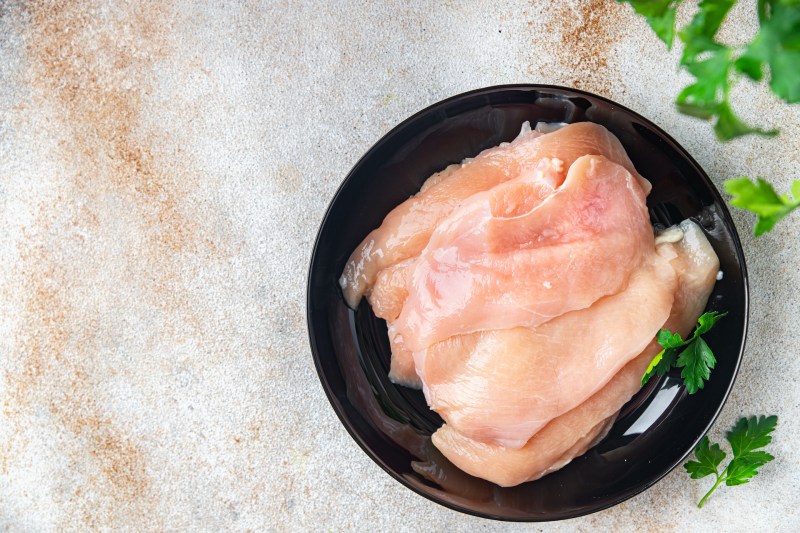
How can I get extreme protein with out fat?
Go for nutrient-dense, proteinous meals with a lot much less saturated fat and vitality, similar to seafood, lean meat, soy, and low-fat dairy. Nonetheless nonetheless, chances are you’ll solely get a high-protein meals routine with minimal fat content material materials; chances are you’ll’t get meals that includes protein with out fat or totally different nutritional vitamins. Nonetheless, seek for meals with monounsaturated and polyunsaturated fat, which is good in your nicely being.
What meals has protein nonetheless no fat or carbs?
It is practically unimaginable for meals to comprise solely one nutrient, nonetheless protein sources with very extreme protein content material materials embody tilapia, eggs, cottage cheese, venison, cod, crab, skinless hen breast, haddock, plain Greek yogurt, tofu, peas, lentils, and so forth. As talked about above, they’ve extreme protein content material materials and fewer grams of fat or carbs.
How loads protein should I eat a day to drop some kilos?
Pleasurable fact: It’s strongly really helpful that people desirous to drop some kilos eat additional protein than these wishing to assemble muscle. Intention for 1.6 to 2.2 grams of protein per kilogram of weight.
[ad_2]
Provide hyperlink






